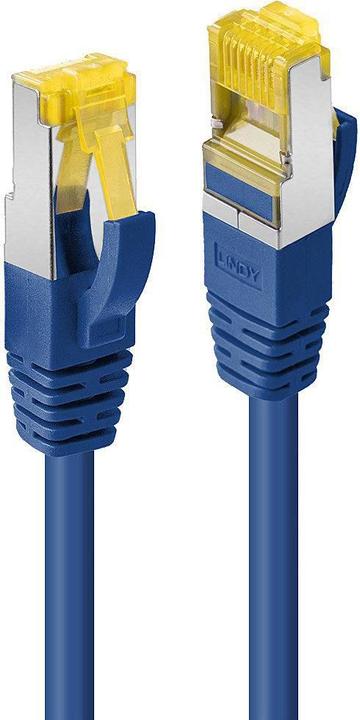Cat. 7 operates in a different (higher) bandwidth (MHz) than other (lower) categories. As a tendency, faster transmission speeds can also be achieved with higher categories. Cat.5 or Cat.6 are usually found in the "home network". The bottleneck in the home network is usually the internet connection itself (provider/internet subscription) - unless you are the lucky owner of a fibre optic connection where 1 Gbps (or more) symmetrical (up & down) is no problem.
In this case, however, the other internal network components such as switches / APs / network cards would have to be checked and possibly replaced. However, such devices that can provide more than 1 Gbps are hardly affordable for private individuals and usually make little sense.
S/FTP means that the cable(s) are fairly well shielded. On the one hand, the individual cables and the wire pairs are shielded, and on the other hand, the entire cable is shielded.
Details @
https://de.wikipedia.org/wiki...
